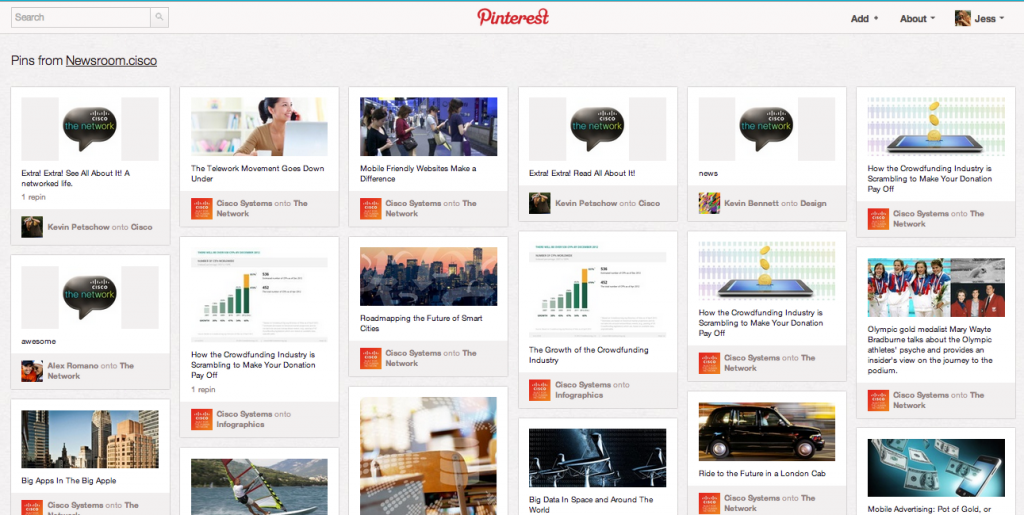The Re-Undiscovered Country?
In actuality, I’m sure some social media gurus still use MySpace quite frequently.
I just don’t happen to know any of them.
Some of the companies I work with still have MySpace profiles, but they’ve basically been left for dead. Someone checks on them once a month to see if they’re still breathing, but otherwise, they get minimal attention compared to Facebook, Twitter and blogs.
Why is this, exactly?
I mean, I remember when I personally quit MySpace because it had become a festering cesspool of porn spam and bad design, but I’m an elitist. The benefit I was getting from MySpace was microscopic compared to the effort required to simply maintain a spam-free presence there.
So I quit.
And I bet a lot of you did the same.
And I bet Scott Ludwig is right: none of us know what MySpace offers these days, or at least not enough of us to convince everyone else that MySpace could possibly be worth adopting again.
And yet, there sit 44 million people, just aching to be marketed to by your crack team of social media experts.
Surely your messaging techniques have advanced well beyond the rudimentary tasks MySpace allowed you to execute in 2007 [which is the last time most people I know admitted they even had a MySpace profile].
So what’s stopping you from carving out that lucrative niche as a MySpace specialist? Or at least re-incorporating MySpace into your toolbox?
Simple: we’re all waiting for someone else to tell us we can.
Pipe Down; I’m Not Done Shunning You Yet
Nobody has the time to re-master MySpace because we’re all invested in the same tools everyone else is using.
If nobody’s talking about MySpace, there’s no buzz bandwagon to benefit from. There’s no SEO juice. There’s no community of peers, and there’s no cool factor that comes with belonging to the same group everyone else is in.
Which, of course, makes it ripe for wildly profitable niche exploiters.
Maybe “MySpace” will become the reheated buzzword of 2010.
Maybe we’ll reclaim that territory and help it matter again.
Or maybe… if you’re really thinking outside the box…
… Friendster.

![]()
![]()
![]() Some rights reserved by Bill McIntyre
Some rights reserved by Bill McIntyre




 blog
blog facebook
facebook
